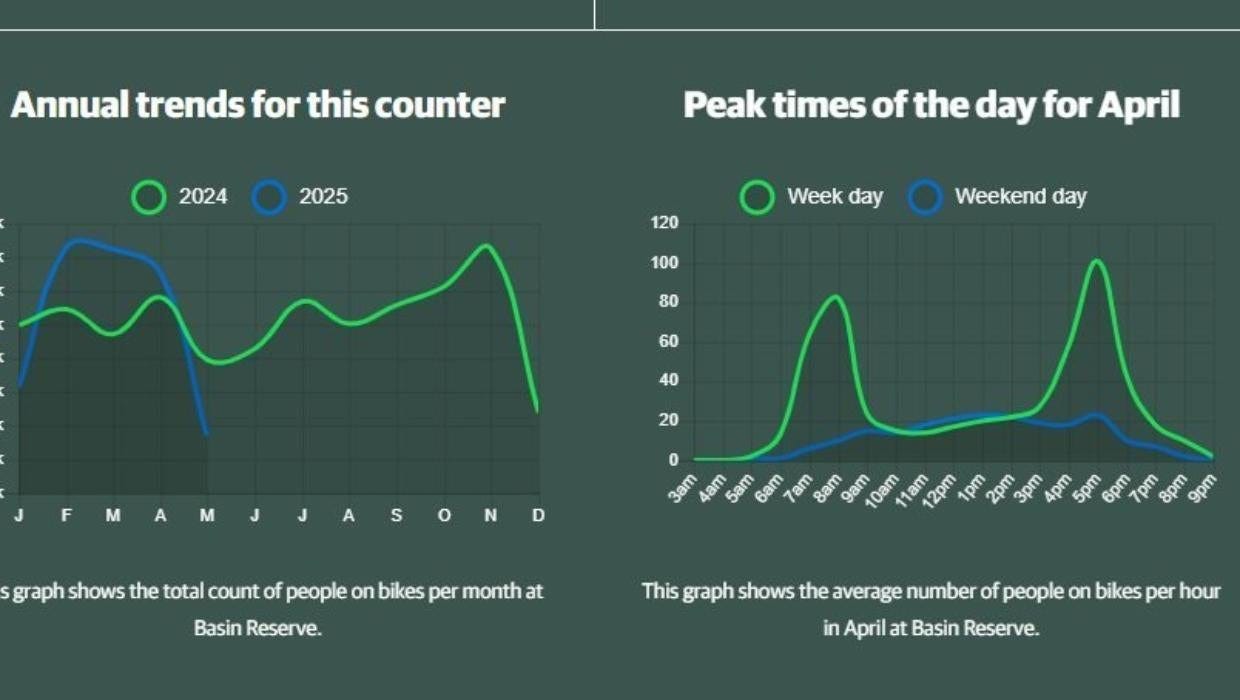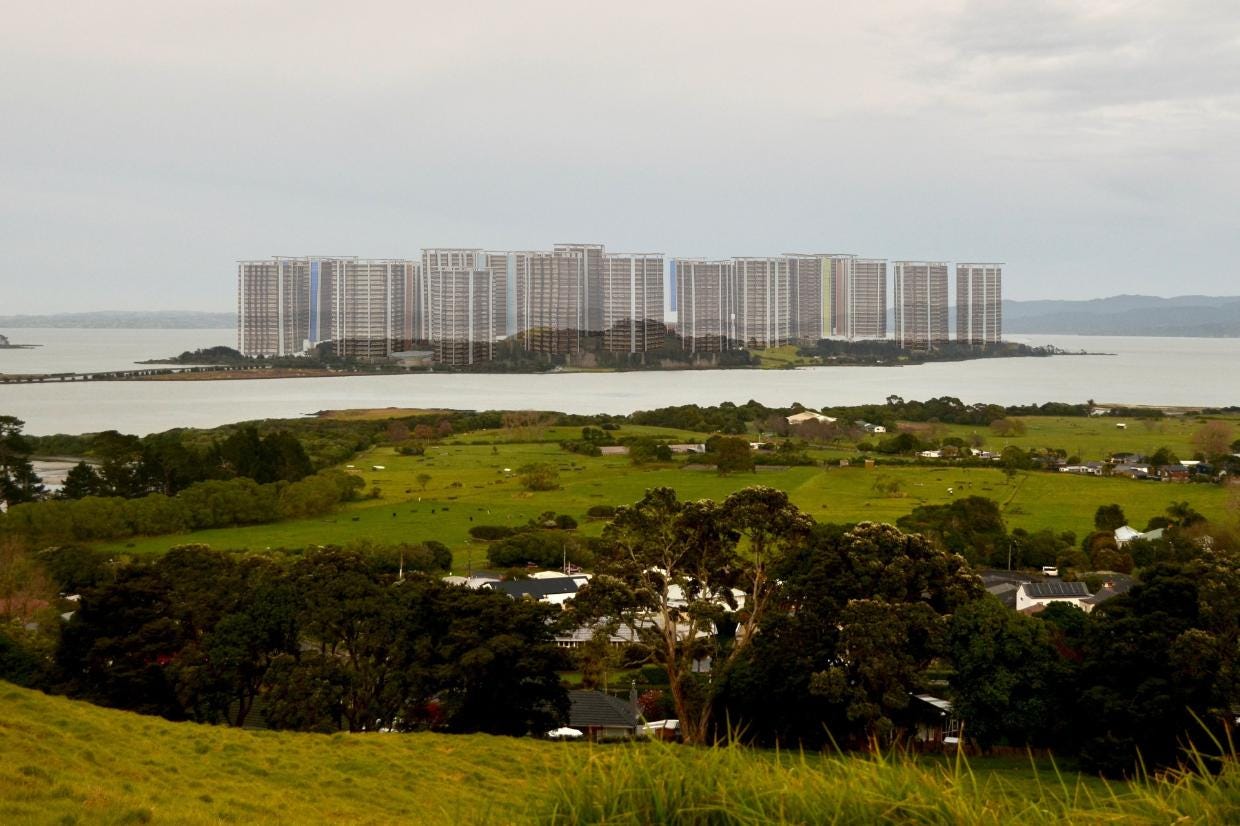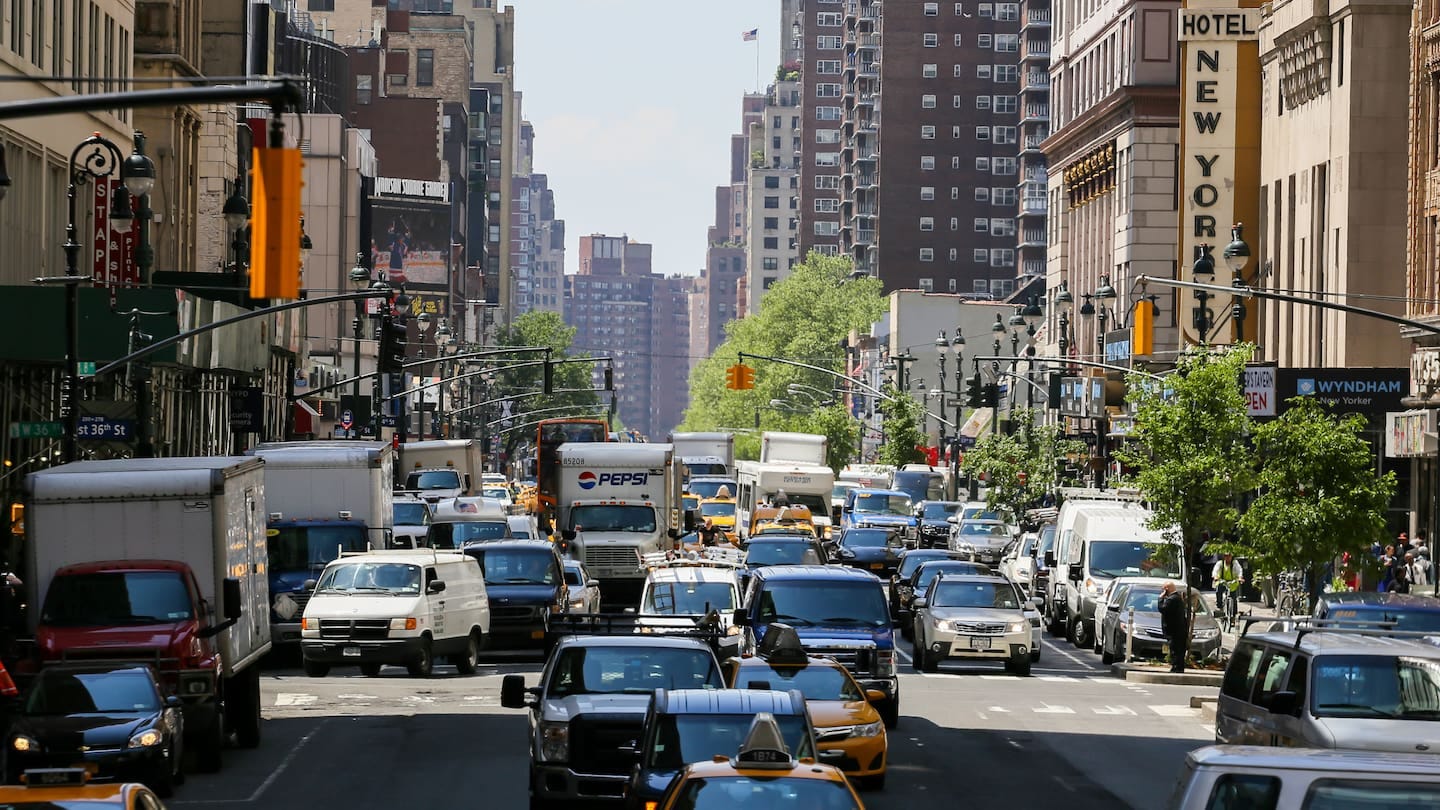We are past the shortest day of the year, and hope everyone's Matariki celebrations were good. To cap off the last full week of June, here's some interesting news!
This Week in Greater Auckland
Saturday saw us release a video asking 'When will Auckland's City Rail Link Open?'.
On Monday Matt looked at the governments proposed changes to transport rules.
On Tuesday Matt examined AT's June board meeting.
On Wednesday we ran a guest post by Brendon Harre on Christchurch's transport situation.
On Thursday Matt went through the new density rules for the Inner West train stations.
This post, like all our work, is brought to you by the Greater Auckland crew and made possible by generous donations from our readers and fans. If you’d like to support our work, you can join our circle of supporters here, or support us on Substack!
Winter Rail Upgrade
School Holidays are here and with it comes another round of rail disruption, though not a full closure for most of the network.
Significant upgrades across the Auckland rail network will occur over the Saturday 28 June to Sunday 13 July school holidays as part of the final push to prepare for the more frequent trains the City Rail Link (CRL) will bring to Aucklanders.
CRL will enable more train services across Auckland – not just the city centre – and shorter journey times. Upgrades and renewals will happen at priority areas across the rail network to get it ready for this change in 2026. KiwiRail will progress its ongoing Rail Network Rebuild (RNR) programme, which replaces old foundations under tracks and upgrades drainage, during the 16-day partial closure.
This work has been planned during the two-week school and university holiday period when public transport demand is lower.
During the partial closure, no trains will run between Puhinui and Pukekohe stations on the Southern Line, and there will be reduced frequencies on all other lines except for the Onehunga Line. The pedestrian crossing at Takaanini Station will also be closed to pedestrians.
Rail replacement buses, including an express service will serve closed parts of the Southern Line. Passengers are encouraged to check the AT Mobile app or visit the Auckland Transport (AT) website to plan their travel.
“We are only closing the Southern Line during the bulk of this upgrade period, as that’s the part of the Auckland network where we’ve got the most to do to ensure the network is ready for CRL,” said Dave Gordon, KiwiRail Chief Metro and Capital Programme Officer.
“However, we will run a reduced service on the Western Line until the last weekend of the holidays, when trains will only run as far as New Lynn. KiwiRail and our partners are always looking for ways we can keep at least some train services operating even while we have intensive works underway.
There's more detail about exactly what the impacts are on AT's website.
Councillor Down
We're sad to hear that Councillor (and reader of the blog) Julie Fairey was hit by a car while cycling on Wednesday.
Albert-Eden-Puketāpapa Councillor Julie Fairey was knocked off her bike by a driver on her Wednesday morning commute along Dominion Road, resulting in a broken leg.
“I was knocked off my bike by a driver who made a mistake while dropping their kid to school. They didn’t see me, stationary and waiting to turn, and cut the corner.”
The collision occurred at the corner of Dominion Road Extension and Glass Road.
“I had amazing help from people nearby, who controlled the scene, routed traffic around me and called the police and ambulance who arrived promptly.”
“Multiple people stopped to check, the driver was in shock but wanted to help too, and of course the professionals are outstanding. Huge gratitude to everyone who gave and offered help, and to the police, ambulance and now Auckland City Hospital crew who are looking after me.”
Fairey is determined to continue to advocate for safer speeds across Auckland.
“This was a relatively low speed crash and that’s why the trauma, physical and mental, will be relatively low. A faster car would have made a much bigger mess, for everyone.”
“Our road environment needs to be more forgiving of mistakes. This driver didn’t want to hit me and wasn’t trying to break the law, but nonetheless broke my bone. I may need an operation and will need weeks of recovery time.”
“The cost of this accident goes beyond the medical too – it held up two bus routes at peak, numerous other road users, and involved police. I keep banging on to AT about how accidents reduce network productivity and throughput, to put it in their language. A safer road system, including shifting folks to modes that have fewer crashes and are lower impact when they do happen, is good economics too!”
We wish Julie a speedy recovery.
Go Wellington
On the topic of safe cycling, another case of if you make safe, lots more people will do it.
The number of cyclists on a main Wellington cycle route has more than doubled in two years, says a cycling advocate.
Wellington City Council’s monitoring camera at the Basin Reserve clocked 13,038 cyclists in April 2025, a 146% increase from 5286 in April 2023.
The camera is near the end of the city’s first fully connected bike route, from Island Bay to the city centre.
Cycling Action Network’s Patrick Morgan said the swell of cyclists coming through the Basin Reserve was due to the Cambridge Tce cycleway, which opened in July 2023.
However, numbers on nearby streets favoured by cyclists before that cycleway opened had remained steady, with a counter at nearby Tasman St showing numbers had dropped by only 1000 over the two years. This showed that overall, there were more cyclists on the road, Morgan said.
The advocate said the healthy numbers were due to the “network effect”.
“Single bike lane will give you some increase, but once they connect, people make more journeys.”
The Evans Bay cycleway was a good example of this, Morgan said.
Despite constant roadworks, the picturesque route used by commuters from the city’s southern and eastern suburbs had seen a 51% increase in use over two years: 10,300 cyclists in April, compared to 6800 in the same month in 2023.
Homes on Puketutu
Hot on the heels of the government's housing announcement, this seems like a great way to provoke a discussion about our housing shortage and for a typology of housing. And as the Mayor says, would be great around some train stations.
Architect Michael O’Sullivan says the state of New Zealand’s housing crisis was brought home to him last year by something happening in his own street in Māngere Bridge, Auckland.
“For several months I watched a woman live between two cars two doors up. She was storing her clothes in one and sleeping in the other and occasionally a kid would turn up. I thought, how have we got to this, where that’s normal? It’s not good.
“The housing shortage, especially in Auckland and Christchurch is significant, and it’s dire. People are looking for housing, and it’s not just across Auckland, it’s across everywhere.”
“It’s that shortage that has prompted the architect to look at an overseas housing model he has experienced personally in Hong Kong - a vertical village that could accommodate up to 75,000 people. And he and colleague Sean Flanagan have created models to show exactly what it could look like.
.....
O’Sullivan is aiming to get a discussion going about what the city could be offering in 30 years’ time. His concept, which he admits is a “utopian vision”, provides 37 towers of around 33 storeys (130m), with 500 units per tower (around 2000 people) and up to 75,000 people altogether.
On Thursday, June 25, O’Sullivan presented his concept to Auckland mayor Wayne Brown, who told Stuff “the building itself is a great concept”. He says he could imagine a cluster of five of them around the Auckland rail link.
“I think one of the buildings would be particularly suitable for that big, bare bit of ground at Mangawhau, the new rail station at Mt Eden. I took a video and sent it off to Bishop [Chris, Minister of Transport] and said this is the type of building we should be talking about. But not necessarily for Puketutu, which would be fraught with difficulties. But the [building] design itself has got a place.”
More Homes
Council are celebrating that 100,000 new homes have been completed since the Unitary Plan was took effect.
A new paper from Auckland Council’s Chief Economist Unit reveals visible gains in homes being built since the city’s planning rulebook – the Auckland Unitary Plan - took effect in late 2016 with almost 100,000 new homes completed in seven years.
More Homes Are Being Completed
Auckland Council’s Chief Economist Gary Blick says this shift hasn’t happened by chance, with home completions up significantly.
“The number of homes constructed has climbed from 10,200 in 2018 to a record 18,100 in 2023, with 17,200 more in 2024. As of December 2024, there were still 20,200 new homes in Auckland’s housing pipeline - 13,800 under construction and 6,400 consented but not yet started.
“This is a substantial increase from pre-Unitary Plan levels, highlighting how more flexible planning rules have made a real difference in delivering more homes.
No Surprise There
Treasury have always had a bizarre and very ideological anti-rail stance so this came as no surprise.
Treasury advised the government not to buy rail enabled Cook Strait ferries three weeks before it announced it would.
On March 31 the government announced it would buy two new Interislander ferries to be delivered by 2029 to replace the current aging fleet.
It came in wake of Finance Minister Nicola Willis having pulled the plug on the previous government's Cook Strait mega ferry plan named iReX in 2023.
The ships announced in March would be 200 meters long and rail enabled, which meant rail freight could be rolled on and off them.
New documents revealed under the Official Information Act show just 20 days earlier on March 10, Treasury recommended the government buy non-rail enabled ships.
The agency said the option would be cheaper while achieving the aim of the project.
"There are operational advantages from rail-enablement, but these do not fully offset the increased capital cost."
.....
Peters said he did not agree with the advice Treasury provided.
"Their advice was so blinkered that it consistently presented its recommended solution as "cheaper" even when their own analysis showed the option we selected had the lowest overall cost and the highest economic value."
Every time
Opponents of congestion pricing always claim it will lead to disaster and that somehow their city is different from every other place that has tried it yet every time the opposite happens.
New York City’s congestion pricing toll has cut Manhattan traffic delays by 25% and reduced gridlock in nearby New Jersey counties by as much as 14%, a new report says.
The Regional Plan Association report undercuts fears the policy would worsen traffic outside the city.
.....
Critics warned that the toll would clog roads outside the zone as drivers rerouted to avoid the fee.
But the report from the RPA, which advocates for the economic development and quality of life in the tri-state area, found the opposite.
Time lost due to congestion dropped 14% in New Jersey’s Bergen County and nearly 13% in neighbouring Hudson County over the programme’s first four months.
“Contrary to pessimistic expectations, the congestion pricing programme is not causing traffic to be diverted outside the congestion relief zone,” said Rachel Weinberger, RPA’s vice-president of research strategy.
“As more people choose transit, trips to Manhattan by car are averted, resulting in less, not more traffic in the Bronx, Bergen County and all around the region.”
Lights and the city
Great write up in the Spinoff about how lighting makes cities feel safe.
As a lighting designer, Tim Hunt has gone on dozens of night walks with clients across New Zealand, Australia and Indonesia. Every time, he says, he learns something new. “I was walking with 30 women through an alleyway – it looked dingy and a bit suspect,” he says. He asked them what could improve the space, and they suggested lighting the doorways, so it was easier to tell what kind of space was around them. “As a lighting designer, I couldn’t have thought of that,” he says now. What’s more, lighting doorways isn’t called for in the guidelines consulted by city councils and corporate developers.
UK and illegal e-bikes
New report out from the UK on the dangers of 'fake' e-bikes.
Unsafe e-bike products linked to fires and gig economy exploitation prompt calls for online marketplace regulation, scrappage schemes, and stronger protections for riders.
A new report from the All-Party Parliamentary Group for Cycling & Walking (APPGCW) warns of a growing public safety and fire risk caused by the widespread use of unsafe, illegally modified e-bikes, referred to as “fake e-bikes”, purchased through online marketplaces and frequently used in the gig economy.
The cross-party report follows a detailed inquiry that took both written and oral evidence from fire services, police, industry bodies, gig economy workers, academics, and regulators. It finds that the UK’s lack of regulation and enforcement around e-bike safety is putting lives at risk, particularly among delivery riders operating in low-paid, high-pressure environments.
And an excellent analysis by Laura Laker on the problem and solutions.
A month ago I sat in on an evidence session in Portcullis House, part of the Houses of Parliament, to hear about the rise of what we now term ‘fake e-bikes’ – illegally fast, high-powered bicycle conversions with throttles that are, in fact, legally motorbikes. This was part of an inquiry into the rise in e-bike fires and illegal e-bikes on the streets of Britain. These unsafe, unregulated products are not only risking lives through house fires but harming the cycling industry’s reputation and anyone who uses a legal electric bike, in particular their ability to travel with and insure it at home and at work.
Strong Town's Chuck Marohn in NZ
RNZ Interview with Marohn, check it out.
Chuck Marohn calls himself "a recovering engineer."
The Minnesotan civil engineer and urban planner founded the organisation Strong Towns to promote changes in the way cities are built.
Critical of the post-war development pattern, which is based around the car and requires a lot of infrastructure to be built and maintained by the city, Marohn says there is a way to build financially sustainable cities and towns that are safe and liveable.
Stats on EV's
BloombergNEF has some outlook stats for EV uptake. It’s some interesting stuff, but unfortunately nothing on NZ, so we have to look at Turner’s annual report has some stats:
The growing demand for sustainable vehicles presents a key opportunity for Turners. We saw a 46% increase in our sales of lower emission electric and hybrid vehicles over the course of the 2025 financial year. This has driven the segment to 12% of our total light vehicle sales mix, a significant step up from 8% in the previous financial year.
Check out the video we made asking when CRL will open!
Have a great weekend.






